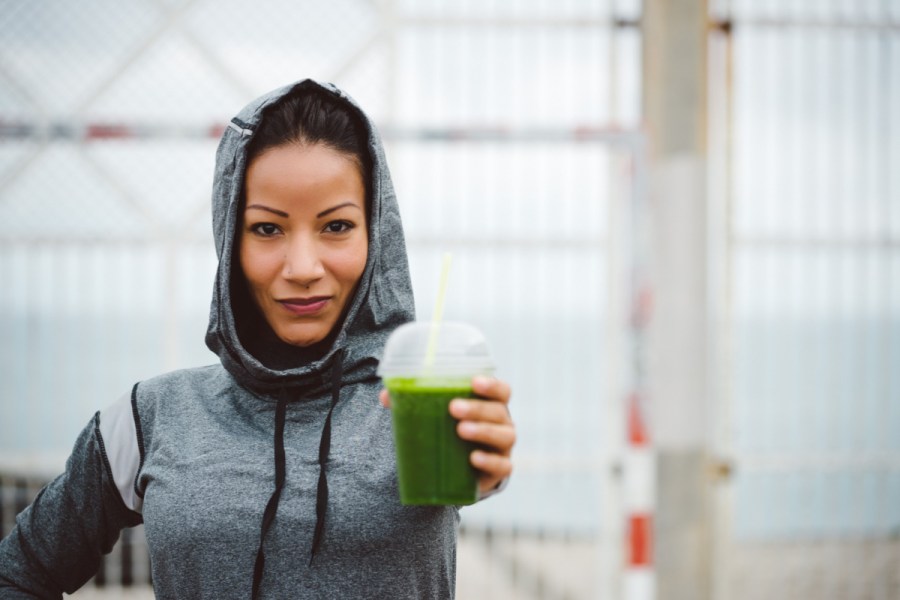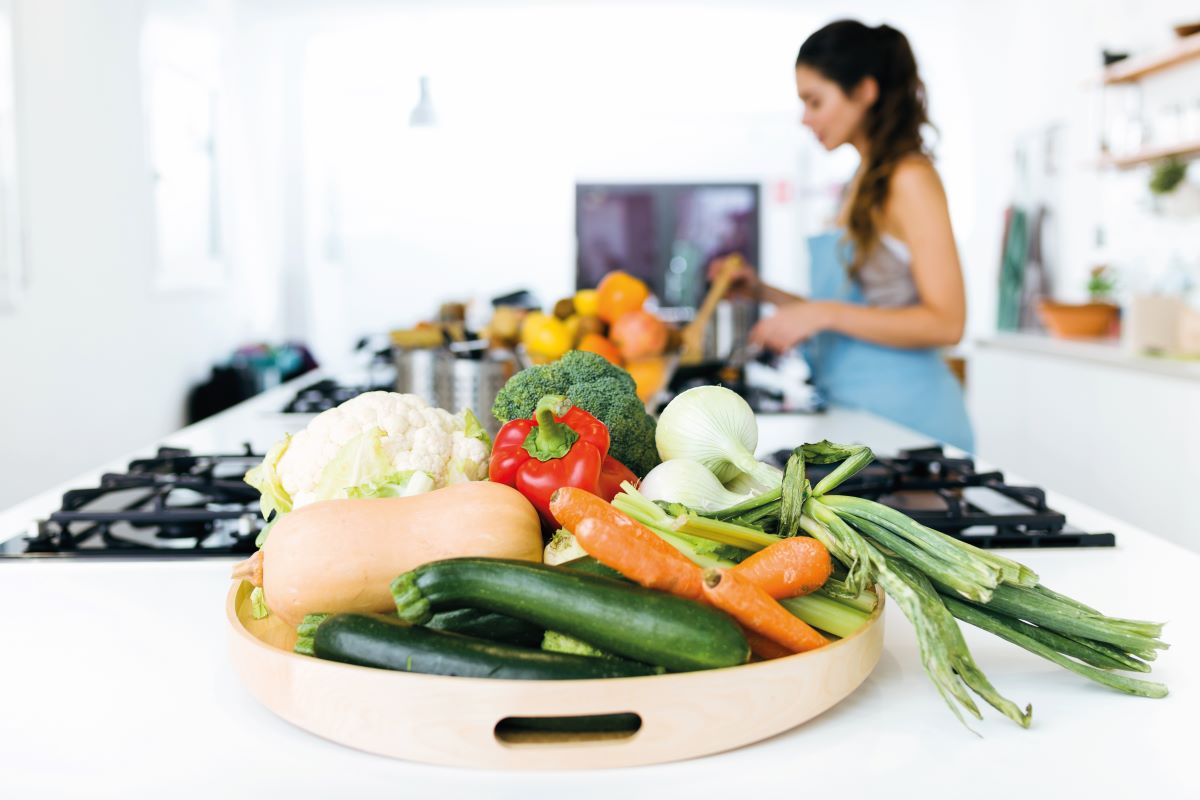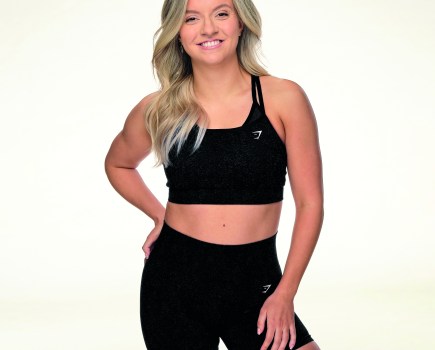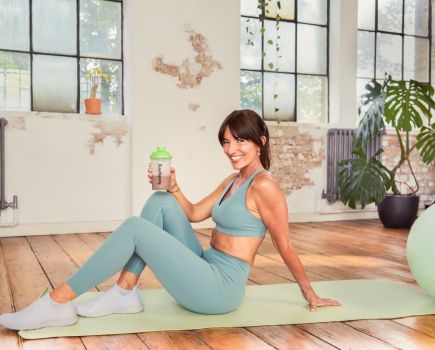Do you take the latest supplements or shakes but neglect the foundations of good nutrition? Nutritionist Christine Bailey explains why nailing the basics of healthy eating will lead to healthier outcomes and better weight management in the long term…
Are you fed up with not getting the results you want despite putting in the effort? Whether that’s failing to progress in your training, not building muscle or losing fat, you may be guilty of overcomplicating your diet. It’s time to take it back to the basics of healthy eating.
Check out these nutrition & fitness tips for the menstrual cycle phases
If you’re looking to get into shape, it can feel a little overwhelming to know where to start. What supplements are best? Should I try fasting? How many meals a day should I eat? What about Keto? The truth is that none of these are important if you don’t get the basics right first. They may not be revolutionary, but the following strategies are crucial if you want to progress and optimise your health long term.
Back to basics: 8 healthy eating tips
1. Calories do matter
Yes, calories matter. Whether your goal is muscle gain, fat loss or weight maintenance, getting your calorie intake right is important. That does not mean you have to log every calorie, but if you are not getting the results you’re after, you might want to consider whether you are fuelling your body according to your goals. This means if you want to lose weight, you will need to put yourself in a calorie deficit. Likewise, if performance is suffering, you may need to eat more.
Yes, this may sound simplistic, but energy balance is important when it comes to healthy eating basics. That’s not to say we shouldn’t look at the types of foods we are eating. In fact, the macronutrient composition, and the specific foods we choose to eat, can impact satiety and energy balance.
Protein is a good example in that it has a higher thermic effect than other food – that means your body uses more energy digesting and utilising protein than it does for other foods rich in carbohydrates or fat. Protein is also very satiating, so many people naturally reduce their overall food intake when on higher protein diets. Fibre is another example of a nutrient that impacts satiety, as well as playing a crucial role in gut health.
While calories matter, if you have ever plugged your details into an online calorie calculator, know that the final calorie number you get is only ever an estimation. If after two-to-three weeks you are not seeing results, you may need to adjust your calories.
Related: Calories on menus: helpful or harmful?
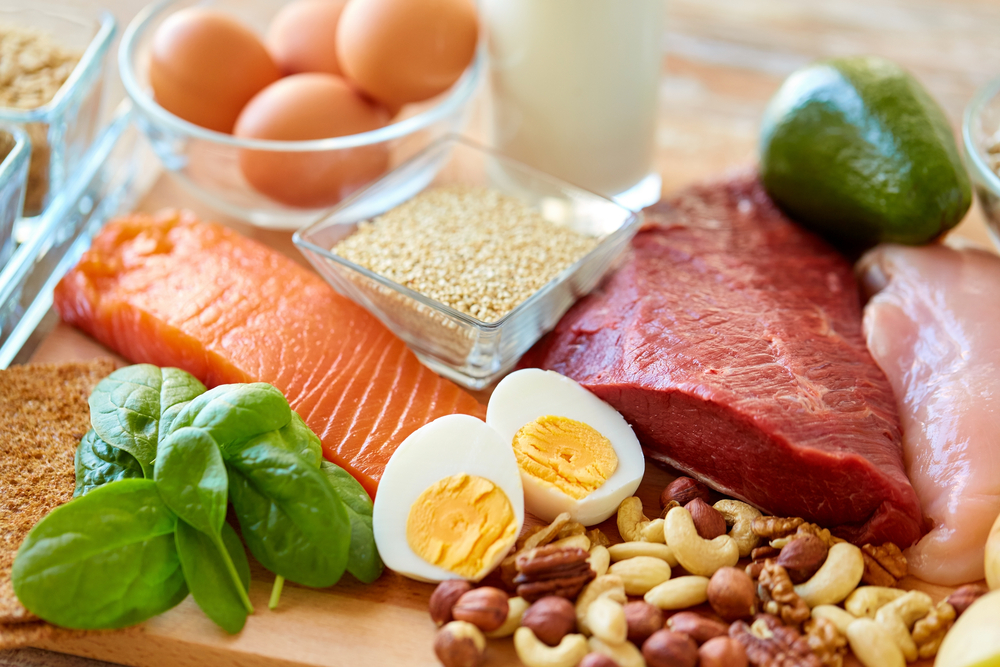
2. Don’t skimp on protein
Whatever your goal, you need to ensure you are eating sufficient protein daily. Why? Protein stimulates muscle protein synthesis, improves recovery, can increase lean body mass when combined with strength training, and aids fat loss while retaining lean body mass. In fact, when calories are equal, a higher protein diet has been shown to result in greater fat loss while retaining lean body mass than lower protein diets. Whether you are a gym bunny or endurance runner, you need sufficient protein.
The exact amount will depend on your goals and training, but around 1.4-1.6g per kilogram of body weight is a good place to start. That means if you are 57kg (9 stone) it could be around 80-90g protein per day. Alternatively, you could base your figure on 30 per cent of your daily calorie intake. Portion-wise it will mean at least a palm-size portion of lean protein at each meal. While there are more advanced recommendations based on lean body mass, simply adding in protein at every meal (including breakfast) is an easy way to start.
Learn more about post-workout nutrition
3. Don’t be afraid of carbs
If you want to push through your workouts or training and feel more energised, then don’t shun carbohydrates. Many women are scared of eating carbohydrates for fear that they will pile on the pounds. The truth is that when overall calories and protein are controlled, the studies that are examining reduced carbohydrate diets verses diets higher in carbohydrate show absolutely no difference in weight and fat loss.
You also want to ensure you are consuming sufficient fibre (vegetables, fruits, wholegrains and more) to support digestive health and aid satiety. So, when it comes to carbohydrates, find out what amount you feel and perform best on, and aim to hit your recommended 30g of daily fibre target.
Learn more about the benefits of different food groups

4. Don’t drink your calories
Whether it’s the latest super juice, caramel latte at your favourite coffee shop or cocktails with the girls, it’s all too easy to completely wipe out your efforts by drinking your calories. A couple of cocktails (300 cals), a berry smoothie (200 cals), a gingerbread latte (320 cals) can quickly add up calorie-wise without filling you up.
Swap fruit juices for whole fruit, which will also contain fibre and help keep you full. Switch your latte to an Americano, and drink more water throughout the day. Remember, alcohol can impact sleep and training recovery so, depending on your goals, you may wish to switch to zero alcohol options instead.
5. You don’t need to snack
Whether it’s out of boredom or habit, constantly snacking is a common reason people fail to reach their goals. If you’re looking to nail those healthy eating basics, try sticking to regular mealtimes can actually help you control hunger. Erratic eating patterns can lead to fluctuating blood sugar levels and cravings.
This doesn’t mean you shouldn’t factor in pre- or post-workout meals and/or snacks if you are training hard or for long periods, but these should be nutritious and designed to improve performance and recovery.
If you do struggle with constantly grazing throughout the day, pay attention to your food environment. If your house is full of unhealthy snacks, clear them out and replace with a bowl of fruit if necessary.
Learn more about pre-workout nutrition for women
6. Learn to love vegetables
Despite the high profile 5-A-Day fruit and vegetable campaign, which has been running since 2003, less than a third of adults (aged 19-64) eat their 5-A-Day. Yet when it comes to health and weight management, vegetables should be centre stage in your diet. Vegetables are generally low in calories, high in fibre and packed with vitamins, minerals and phytonutrients. They will help fill you up while supporting overall health.
Get into the habit of adding extra vegetables to each meal. Whether it’s using frozen vegetables, a bag of mixed salad or a packet of stir-fry vegetables, increasing your vegetable intake is one of the easiest ways to improve your health. A portion is roughly a fist size, aim for at least two portions at each meal and focus on plenty of variety throughout the week.
7. Be flexible
You do not have to weigh and portion your meals to get results. Trying to hit your calories or macronutrients to the gram every day is not necessary or desirable. When it comes to nailing healthy eating basics, your diet needs to be sustainable long term. That means you need to stop stressing about being perfect – just be consistent, choose food you enjoy and a training programme you can stick to.
Don’t become too rigid around the food choices you make and keep your diet varied. This not only allows you to be more creative with your meals, but also increases your intake of a range of micronutrients. Being flexible also means you can enjoy a meal out with friends without worrying about blowing your diet.
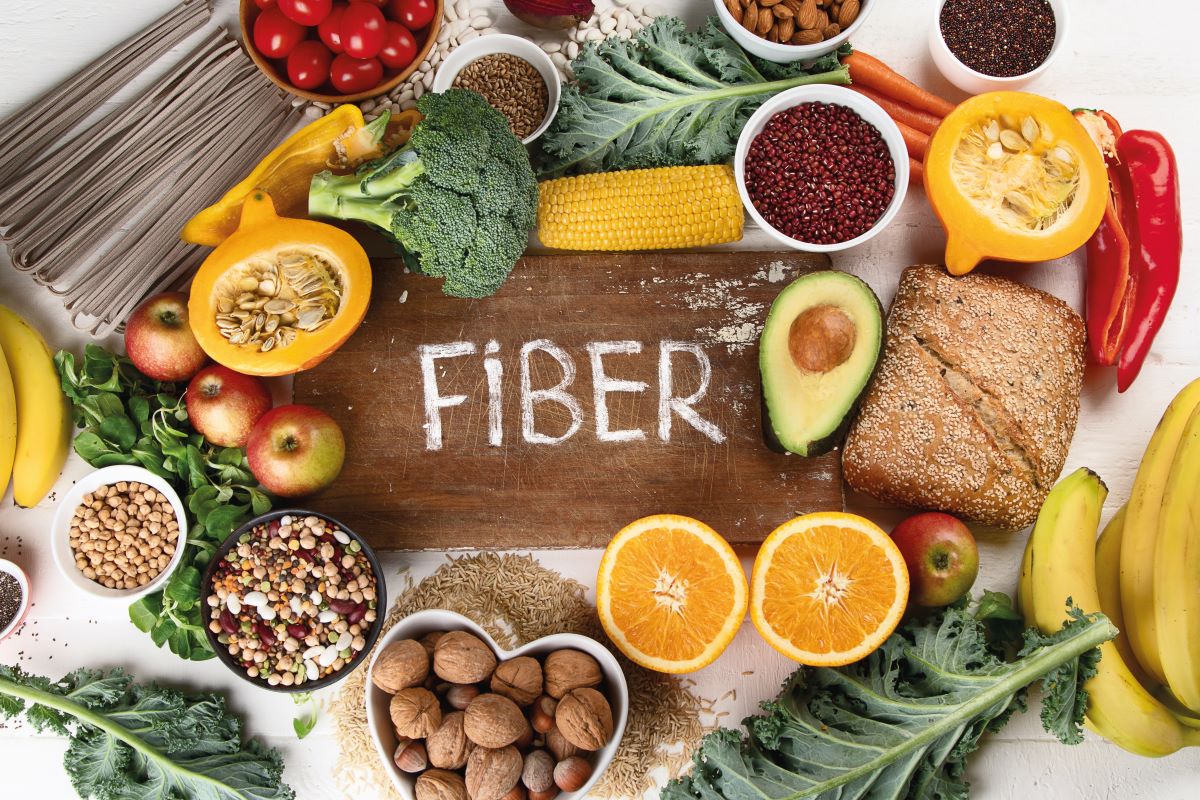
8. Fill up on fibre
According to national surveys, fibre intake is well below the recommended 30g a day for adults, with 19- to 64-year-olds consuming, on average, 19g a day. Fibre helps you feel fuller for longer, stabilises blood sugar over the day so you don’t feel as hungry, supports a healthy microbiome, and reduces the risk of certain cancers, heart disease and type 2 diabetes. When it comes to healthy eating basics, focusing on fibre is a key factor.
If your diet is currently low in fibre, don’t go overboard straight away. Too much fibre can cause digestive upsets and bloating, so start slowly by increasing your fibre at one meal per day. This could be changing your breakfast to porridge, adding chickpeas or canned lentils to a salad, switching to more wholegrains, or increasing your variety of vegetables. Simple swaps can make a huge difference without much effort. When checking food labels, a product that is labelled ‘high in fibre’ must contain at least 6g fibre per 100g.
Learn more about the benefits of fibre
Photography: Shutterstock

